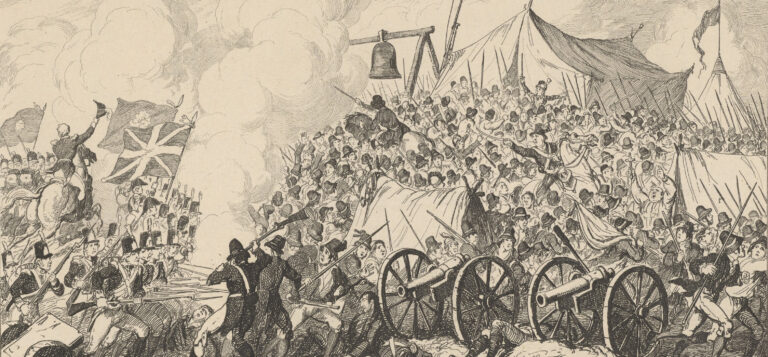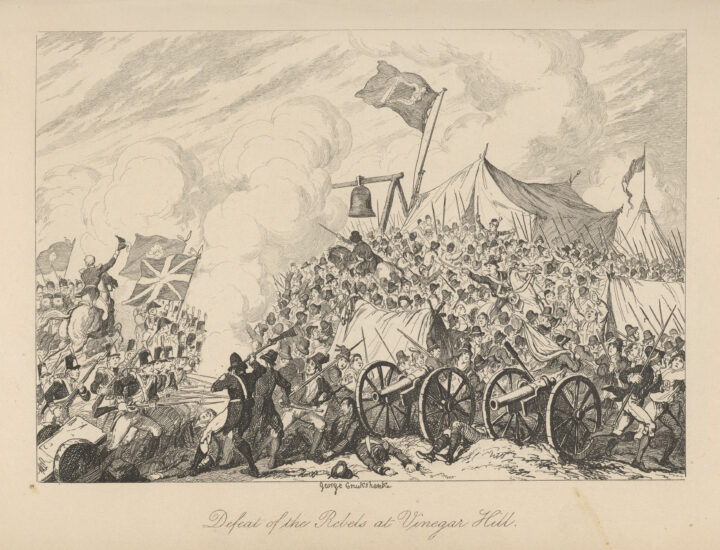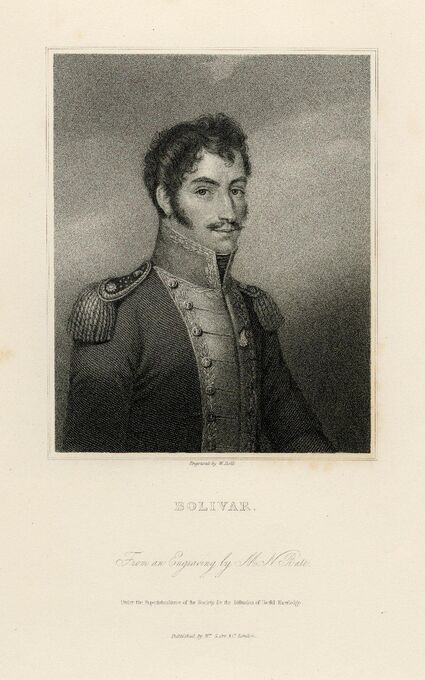The American Revolution
As a boy, Scott lived through the American Revolutionary War, when Britain’s thirteen American colonies broke away from the Crown and achieved independence. Though its losses were soon offset by colonial gains in India and South-East Asia, it seemed to many that Britain was surrendering rather than building an empire.




